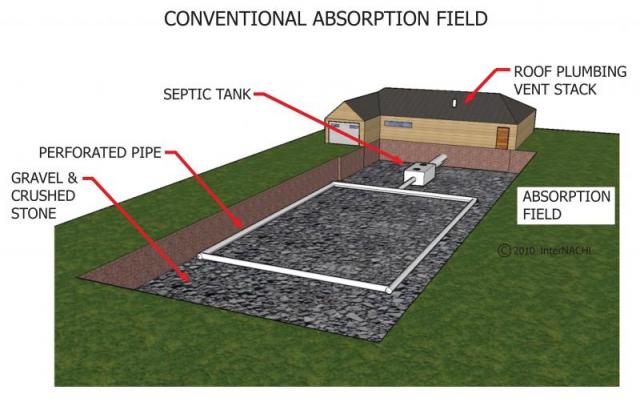Often, there are misconceptions regarding the septic system but the process involved is actually very easy. Essentially, there are four main sections – the tank, drainfield, soil, and a pipe that runs from the home. In the soil, small microbes are found and these will effectively filter the wastewater before reaching its destination in the groundwater. With the tank itself, this is normally made from a strong material such as fiberglass, concrete, or even polyethylene. In the tank, the water is held as the solids form sludge and other components, such as grease and oils, form scum on the surface. Furthermore, the solids will also partially decompose during this phase of operations.
Within the septic tank, there are different compartments as well as a t-shaped outlet which ensures that the drainfield doesn’t receive the scum and sludge. Although they aren’t necessary, screens are also recommended by experts as they will stop the sludge from leaving the tank for the drainfield. After this, the wastewater will make its way to the drainfield where it will be treated once more by the soil. With the micro-organisms in place, more harmful bacteria will be removed as well as nutrients and viruses.
